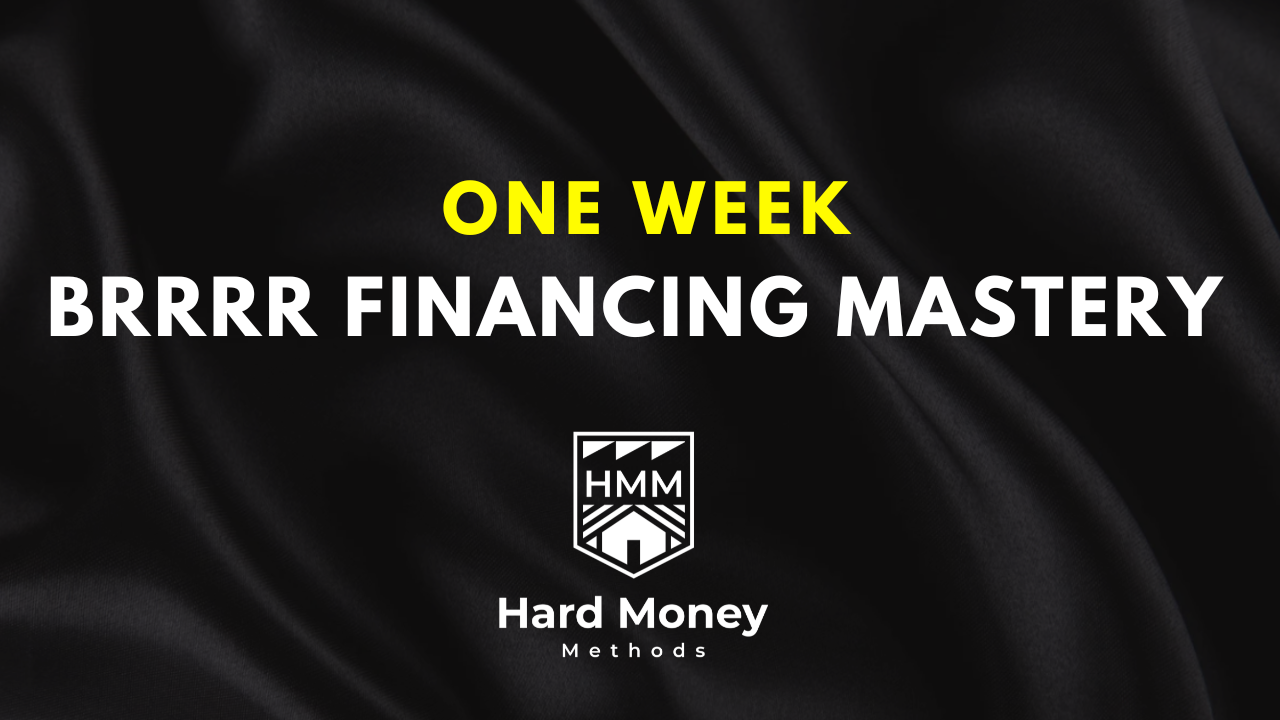Real Estate Investing Strategies Explained: From Passive to Active Income
Jul 16, 2025
There are many paths to success in real estate investing, but choosing the right strategy is key to reaching your financial goals. Whether you're looking for passive income or want to be more hands-on, understanding different real estate investing strategies can help you decide where to start—and how to grow.
What Are Real Estate Investing Strategies?
Real estate investing strategies are the specific approaches investors use to generate income or build wealth through property. These methods vary based on risk tolerance, time commitment, available capital, and financial goals. From owning rental properties to flipping homes or wholesaling, there’s a strategy for nearly every type of investor.
Passive Real Estate Investing Strategies: Build Wealth with Less Effort
Passive strategies are ideal for investors who want real estate income without daily management responsibilities. Common passive strategies include:
- REITs (Real Estate Investment Trusts): Buy shares in a professionally managed property portfolio on the stock market (as easily bought and sold as any stock)
- Turnkey Rentals: Purchase ready-to-rent properties managed by a third party.
- Note investing: Buy existing notes from lenders and have the loan payments redirected to you.
These options provide cash flow and potential appreciation with minimal involvement.
Active Real Estate Investing Strategies: Hands-On Approaches to Profit
Active strategies require more involvement but often yield higher returns. You handle decisions, management, or renovations directly. These include:
- Managing rental properties
- Rehabbing and flipping homes
- Locating and negotiating investment deals
Active investing is best for those with time, skills, and a desire for control.
Buy and Hold Strategy: Long-Term Rentals for Steady Cash Flow
This classic strategy involves purchasing a rent-ready property (usually with an existing lease in place) and holding it for the long term to generate monthly rental income and build equity over time. Benefits include:
- Predictable cash flow
- Property appreciation
- Tax advantages
Buy and hold is a great foundation strategy, especially in stable or growing markets. However, it is slow to build as you require a 20%+ down payment with each new property being acquired.
BRRRR Strategy: Recycle Your Capital and Scale Fast
BRRRR stands for Buy, Rehab, Rent, Refinance, Repeat. It's an accelerated wealth-building strategy that allows investors to:
- Buy undervalued properties
- Rehabilitate them to raise value
- Rent them out
- Refinance to recover capital
- Repeat the process
This method is great for scaling a portfolio quickly but requires upfront capital to run the project well as well as rehab management knowledge, skill, and effort.
Fix and Flip: Short-Term Gains with Higher Risk
Flipping involves buying a property, renovating it, and reselling it for profit - typically within 3–6 months. Key factors include:
- Finding discounted properties
- Managing rehab costs
- Selling at market value
While potentially lucrative, flipping comes with risk and demands strong budgeting and project management skills. Plus, you will be met with a hefty tax bill on your profits from the sale. Losing a lot of your profits to taxes will slow down your wealth-building efforts quite a bit.
House Hacking: Live for Free While Building Equity
House hacking involves living in one part of a property (like a duplex or fourplex) while renting out the other units. Benefits:
- Offset or eliminate your housing costs
- Gain landlord experience
- Start investing with low down payments because YOU live there as an owner-occupant (in contrast to an investment property that is NOT owner-occupied and thus has different down payment standards)
It’s a smart way for new investors to enter the market - live in a one house at a time for a year and build your portfolio one house-hack at a time.
Wholesaling: Make Money in Real Estate Without Owning Property
Wholesaling is finding off-market properties, getting them under contract, and assigning that contract to another investor for a fee. You don’t own the property - just broker the deal.
This strategy requires strong negotiation and networking skills, as well as high levels of effort and communication to keep sellers and buyers engaged with your offerings, but minimal capital to operate this kind of business
How to Choose the Best Real Estate Investing Strategy for You
Choosing the right strategy depends on:
- Your goals: Cash flow vs. appreciation?
- Time commitment: Passive or active? Do you like spending time on real estate stuff, or just want the money?
- Risk tolerance: Are you okay with short-term risk for long-term gain?
- Capital available: Can you come up with down payment money for a straight rental purchase? Or perhaps you have less capital and can start a rehab project (lower down payments usually possible).
There’s no one-size-fits-all answer - the best strategy is the one that fits your life, skills, and interests.
Final Thoughts: Mix, Match, and Evolve Your Strategy Over Time
You don’t have to pick one strategy forever. Many investors start with house hacking or wholesaling and eventually move into BRRRR or buy-and-hold. The key is to start with something solid, learn along the way, and adapt for the next one.
Mastering real estate investing strategies is about matching the method to your resources, goals, and risk tolerance. Once you do, you’ll be well on your way to building lasting wealth through real estate.
Ready to get started with your REI education? Check out our affordable, step-by-step real estate investing course designed to help beginners close their first deal with confidence.



